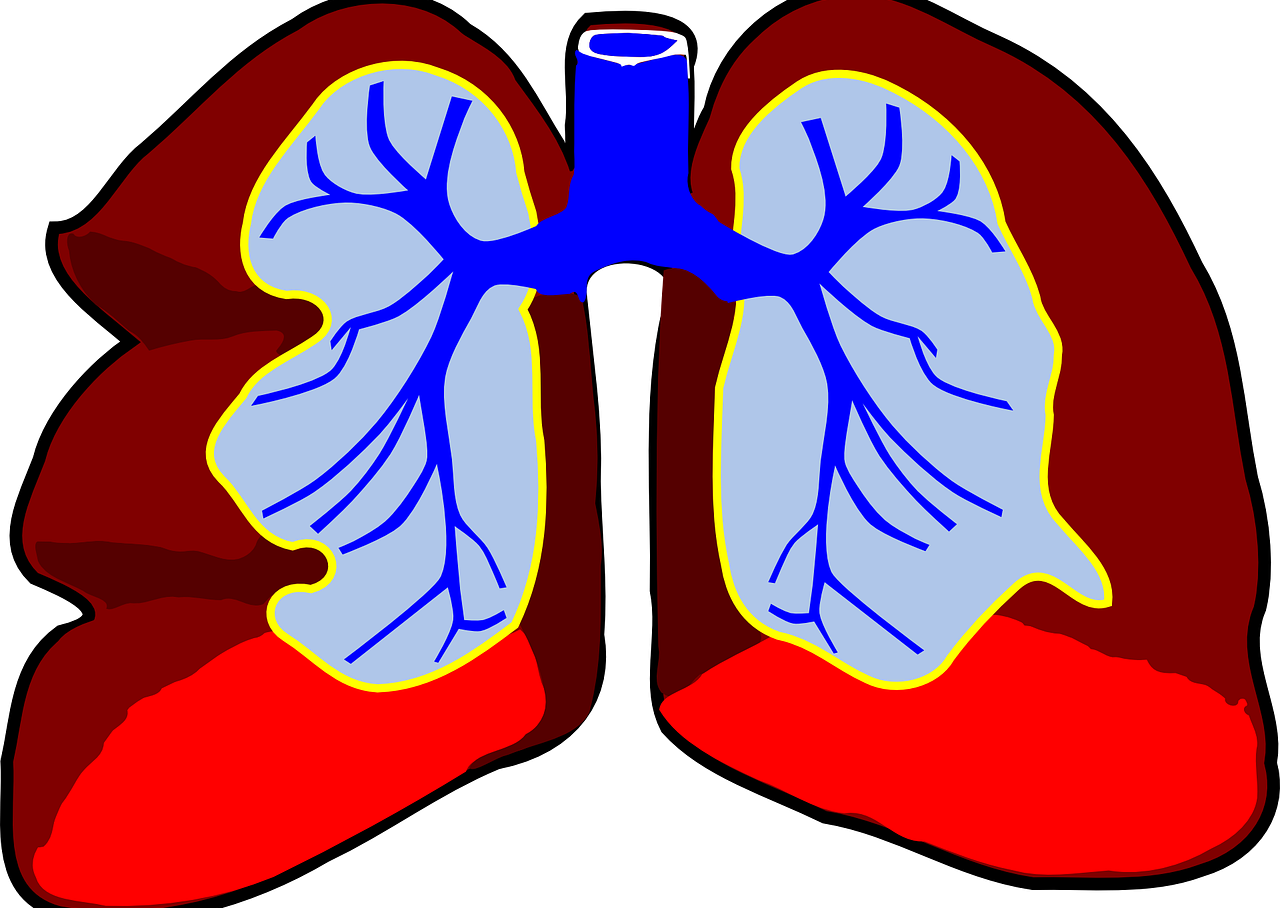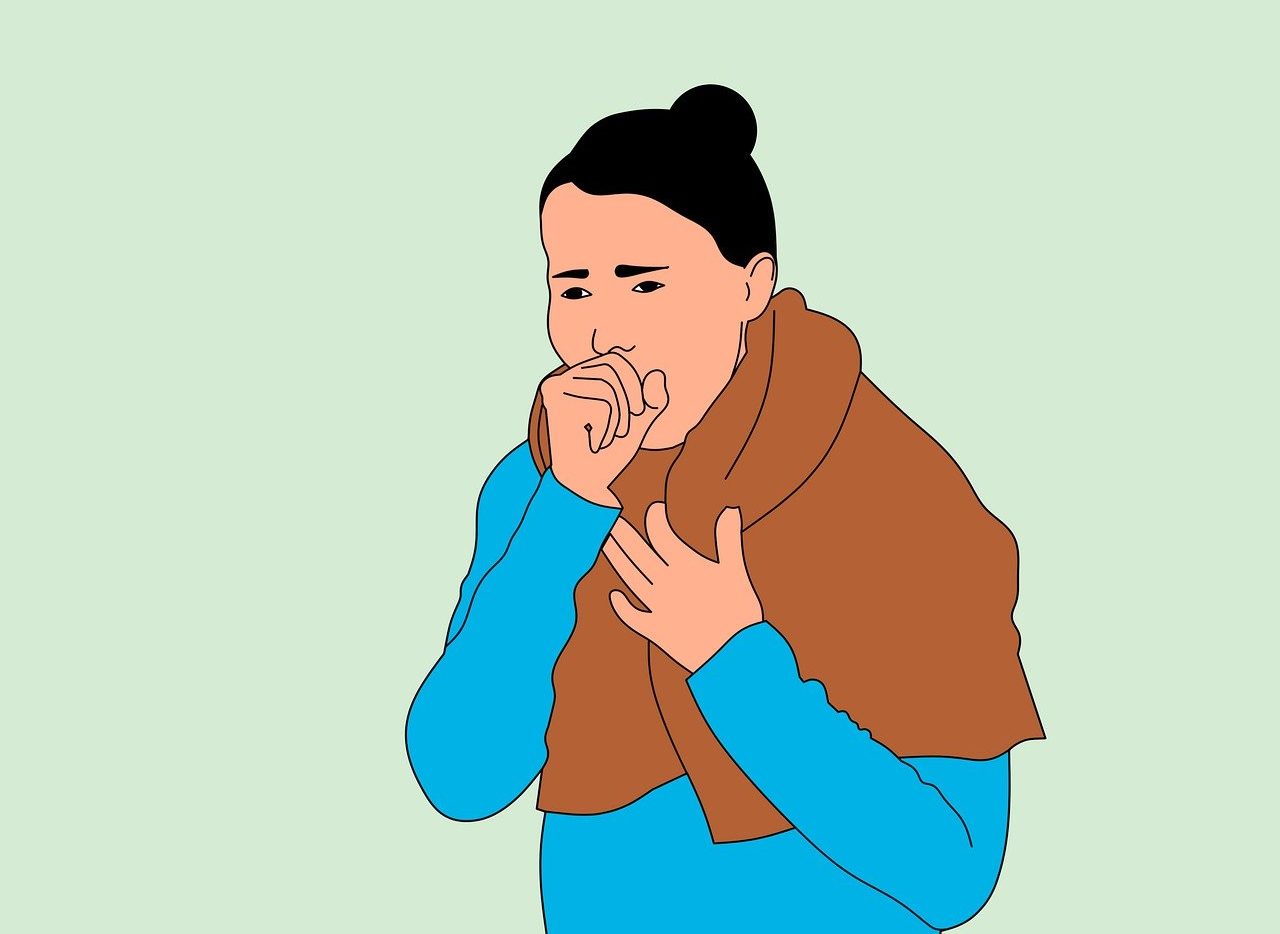
Bronchiolitis is an inflammation of the bronchioles.
Bronchiolitis is an inflammation that occurs in the tubes known as bronchioles (small subdivisions of the bronchi inside the lungs ). To understand precisely what bronchiolitis is, therefore, we need to first know the meaning of other terms.
An inflammation is a pathological change that occurs in a sector of the body in response to a harmful agent. Inflammations are characterized by swelling and redness in the area.
We said that bronchioles are subdivisions of the bronchi, two tubes that arise in the trachea and enter the lungs. It is precisely in this part of the body, located in the chest , where the blood is oxygenated and releases carbon dioxide, a process driven by respiration .
What is bronchiolitis
Having these concepts clear, it is easier to understand what bronchiolitis is. This inflammation of the bronchioles usually occurs due to the action of a virus . The infection can also cause cough, runny nose, fever, and trouble breathing.
Precisely, the first symptoms of bronchiolitis are similar to those of a cold: excessive mucus in the nose to the point of clogging it, moderate cough for a few days and fever. Subsequently, the situation may remain stable or worsen, especially cough and difficulty breathing, with physical alterations such as widening of the nasal passages and exaggerated abdominal movements.
The ribs become easily visible, the breathing becomes wheezy (sounds similar to whistling are heard) or is filled with low noises. The reason for these phenomena is the obstruction caused by inflammation of the bronchi. Although the process lasts about a week, the worst symptoms appear around the third day.
Bronchiolitis is common in children up to two years of age . In adults, inflammation can appear when the person is a smoker .

Cough is one of the symptoms of bronchiolitis.
The treatment
Treatment may include giving oxygen to make breathing easier, suctioning out nasal secretions, and drinking high amounts of fluid to prevent dehydration.
Generally, bronchiolitis does not require hospitalization of the patient, except in children under three months of age or in individuals with other concomitant diseases. In adults, there is a risk of bronchiolitis developing into pulmonary fibrosis .
Bronchiolitis in children
When the patient is a child, parents should follow the pediatrician's instructions, such as taking them to check -up appointments and being patient, since the progression of bronchiolitis is slow. If a worsening is noticed, then it is recommended to go to a health center as soon as possible, especially if the child suffers from heart disease or if he or she presents any of the following symptoms:
- Vomiting and dehydration (the second can result from the first, or due to lack of appetite).
- Excessive or more sleepiness than usual.
- Purple skin, especially on the fingertips and around the mouth.
- Rapid breathing or with periods of lung inactivity.
Risk factors
The most important risk factors for bronchiolitis, among which age stands out, are directly related to the severity of its manifestation. People under three months of age are those who have the highest risk of hospitalization, especially premature babies, probably because their bronchi have not finished widening.
In addition to premature birth, we can mention other risk factors, such as the absence of breastfeeding (at this point it is important to remember that scientific advances continue to search for effective replacements for mother's milk, although no alternative is yet equivalent) , exposure to other people who may suffer from this disease and to tobacco smoke.
